Tibetan tourists flock to Lhasa amid easing travel rules aimed at jolting economy
Share
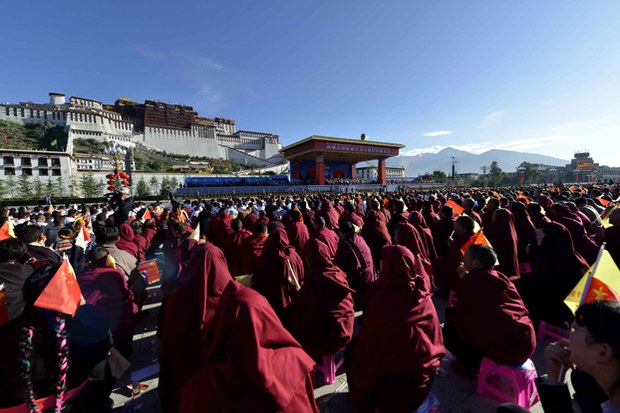
Thousands of people gather in front of the iconic Potala Palace in Lhasa on Sept. 8, 2015, for an event billed as marking 50 years since the founding of the administrative area of western China’s Tibet Autonomous Region.
Tibet’s regional capital of Lhasa is seeing a flurry of Tibetan visitors for Losar, the Tibetan New Year, thanks to a relaxation in travel restrictions announced by Beijing in an effort to revive the slumping economy, three sources from inside Tibet said.
Most of them are coming from Sichuan and Qinghai provinces – known as Kham and Amdo provinces in Tibetan – to visit Lhasa, a key pilgrimage destination with a host of major sites, including the Potala Palace, Barkhor Street, the Jokhang Temple and Norbulingka Palace, the sources said.
“This is also the largest gathering of Tibetans from Kham and Amdo in Lhasa since 2008,” the first of the three sources said. They all requested anonymity citing fear of repercussions for speaking to the media.
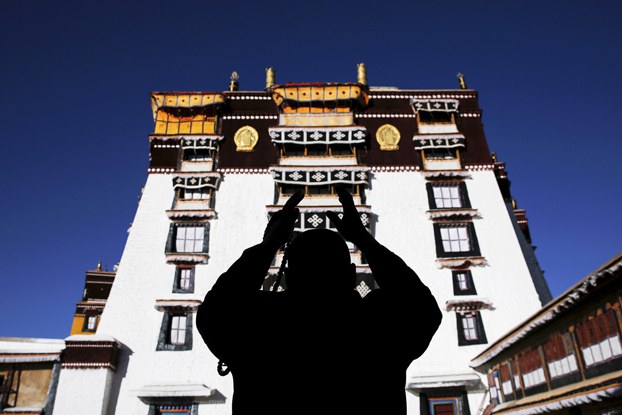

However, authorities also imposed restrictions on visits to the Jokhang Temple, the holiest site in Tibetan Buddhism: It can be accessed only the first day of Losar, Feb. 10, and will be closed from Feb. 11-16, the sources said.
Limits were placed on visits to other religious sites during Losar, and on forming large gatherings during the 15-day-long Tibetan New Year celebrations, two of the sources said.
And Lhasa police said devotees must present their identification cards before participating in religious rituals near temples and pilgrimage sites.
Travel restrictions
The moves come after Chinese authorities imposed strict travel restrictions in 2018 on Tibetans going on pilgrimages to Lhasa from other parts of the Tibet Autonomous Region and from Tibetan-majority areas of Chinese provinces.
They made Tibetans obtain a special permit to travel to the capital of the Tibet Autonomous Region.
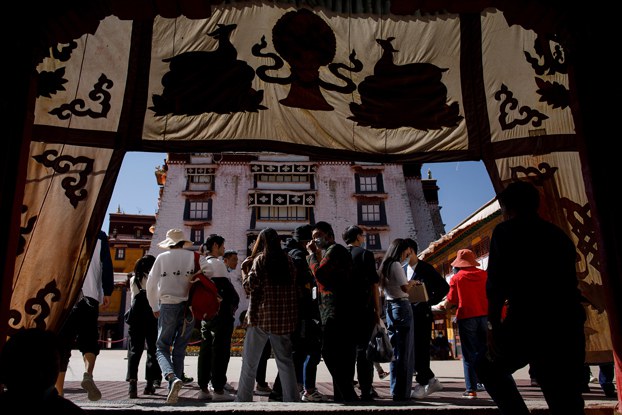

Last year, Tibetans were required to fill out a separate application form from a local official and submit it to an office in Lhasa, and a resident of the city was required to provide assurance that the traveler would not engage in protests.
“Earlier, without proper travel documents from one’s respective county or local office, Tibetans faced many restrictions when traveling to Lhasa from Dotoe and Domey regions,” said the first source.
“However, these restrictions have been eased recently, and there’s been a huge increase in the number of Tibetans traveling into Lhasa for the Tibetan New Year. This is aimed at boosting the Chinese economy [in Tibet].”
Chinese authorities appear to have relaxed the restrictions because of worries about the economic slump in China amid falling exports, a prolonged crisis in the property market, high debt and soaring youth unemployment.
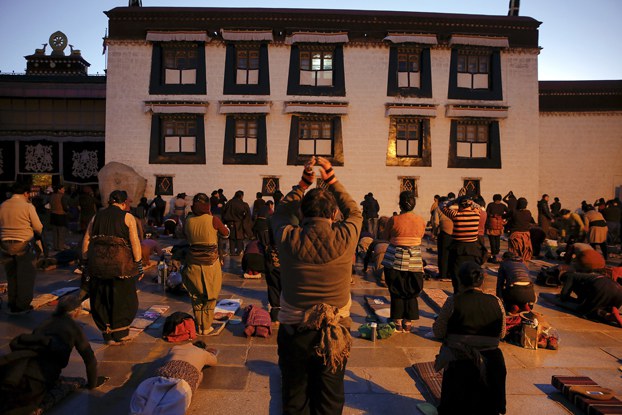

A second source, a tour operator based inside Tibet, told RFA that the surge in tourists in Lhasa has been beneficial for local businesses that earlier faced the brunt of a larger economic slowdown in China.
“Tourism can indeed have a significant positive impact on a country’s economy, and the growing number of tourists in Lhasa will boost the economy of our local business owners,” the first source said.
Earlier this year, while delivering a government work report at the annual session of the regional People’s Congress, Yan Jinhai, chairman of the regional government of the Tibetan Autonomous Region, set a target of 8% economic growth in 2024, down from the estimated growth of about 9% in 2023, Chinese state media reported.
Distant dream
While China may have eased some domestic travel restrictions, including those within the country, international travel, including that to neighboring Nepal, still remains subject to a range of restrictions and conditions, the sources said.
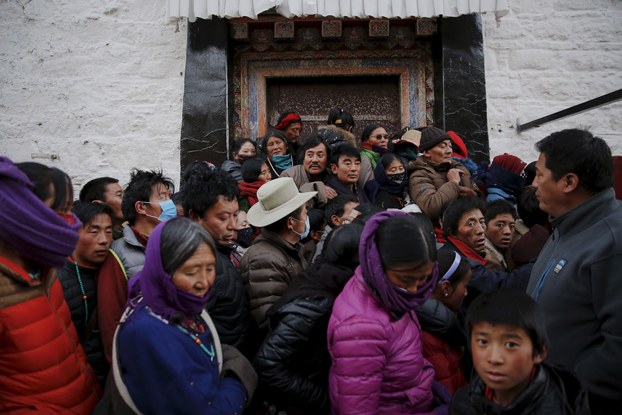

“I went to Nepal with a few of my friends last month but in order to go on that trip, I had to deposit 100,000 Nepali rupee [US$750] and give the name of someone I knew in Lhasa as security,” said the third source who recently traveled to the landlocked Himalayan country.
But after agreeing to the conditions, the person could not travel independently.
“I was always accompanied by the travel agency representative,” the third source said. “I felt like a prisoner.”
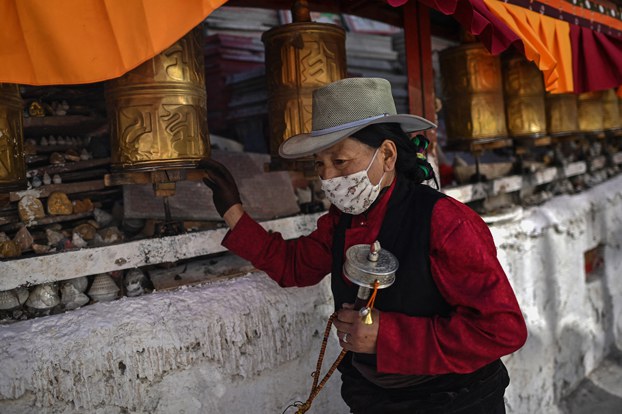

Travel to Western countries, meanwhile, continues to remain a distant dream, said the sources from inside Tibet.
“It’s almost impossible for Tibetans to travel to the United States and other Western countries,” the third source said.
Translated by Tenzin Dickyi for RFA Tibetan. Edited by Tenzin Pema for RFA Tibetan, and by Roseanne Gerin and Malcolm Foster.







